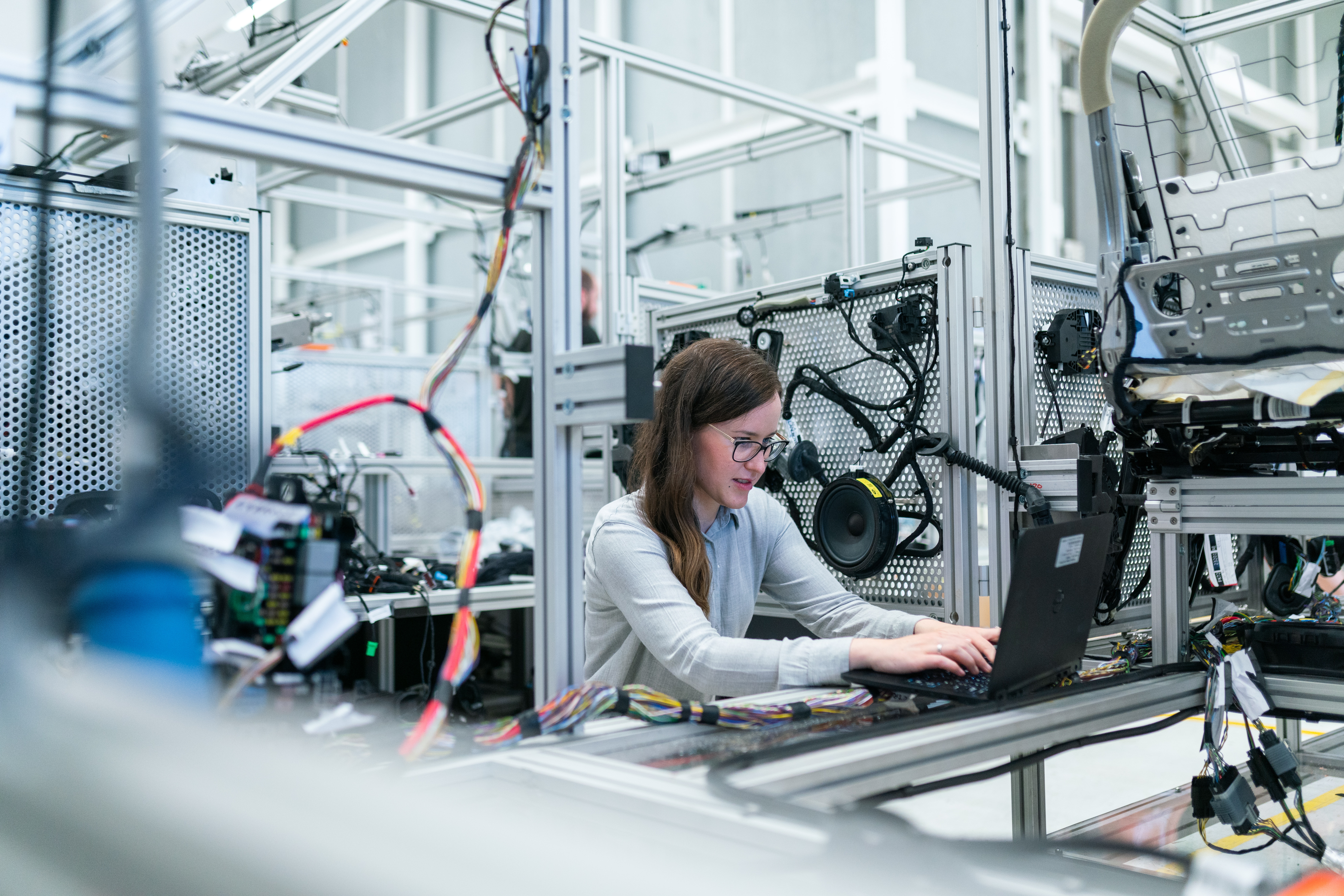Engineers Develop Self-Healing Concrete for Longer-Lasting Infrastructure

Engineers have long been focused on developing new technologies that can enhance the durability and longevity of critical infrastructure. In recent years, one particularly promising innovation has been the development of self-healing concrete.
This remarkable material is made by combining bacteria and minerals in a way that allows the concrete to repair itself when cracks and gaps appear. The bacteria lie dormant within the concrete until it comes into contact with water, at which point they begin to multiply and produce a mineral that fills in any cracks or gaps.
The result is a concrete that can automatically repair itself as needed, increasing its lifespan and reducing the need for costly repairs and replacements. This technology has huge potential for use in a wide range of applications, from roads and bridges to buildings and tunnels.
The development of self-healing concrete is a major step forward in the quest to create more sustainable and resilient infrastructure. By reducing the need for repairs and replacements, it can save time, money, and resources while also minimizing the environmental impact of construction and demolition.
While the technology is still in the testing phase, it has already shown great promise in laboratory and field trials. Researchers and engineers are continuing to refine the material and explore its potential for practical applications.
Overall, the development of self-healing concrete is a testament to the power of innovation and the potential for new technologies to solve some of the biggest challenges facing our society. By continuing to push the boundaries of what is possible, engineers and researchers are helping to create a better, more sustainable future for all.